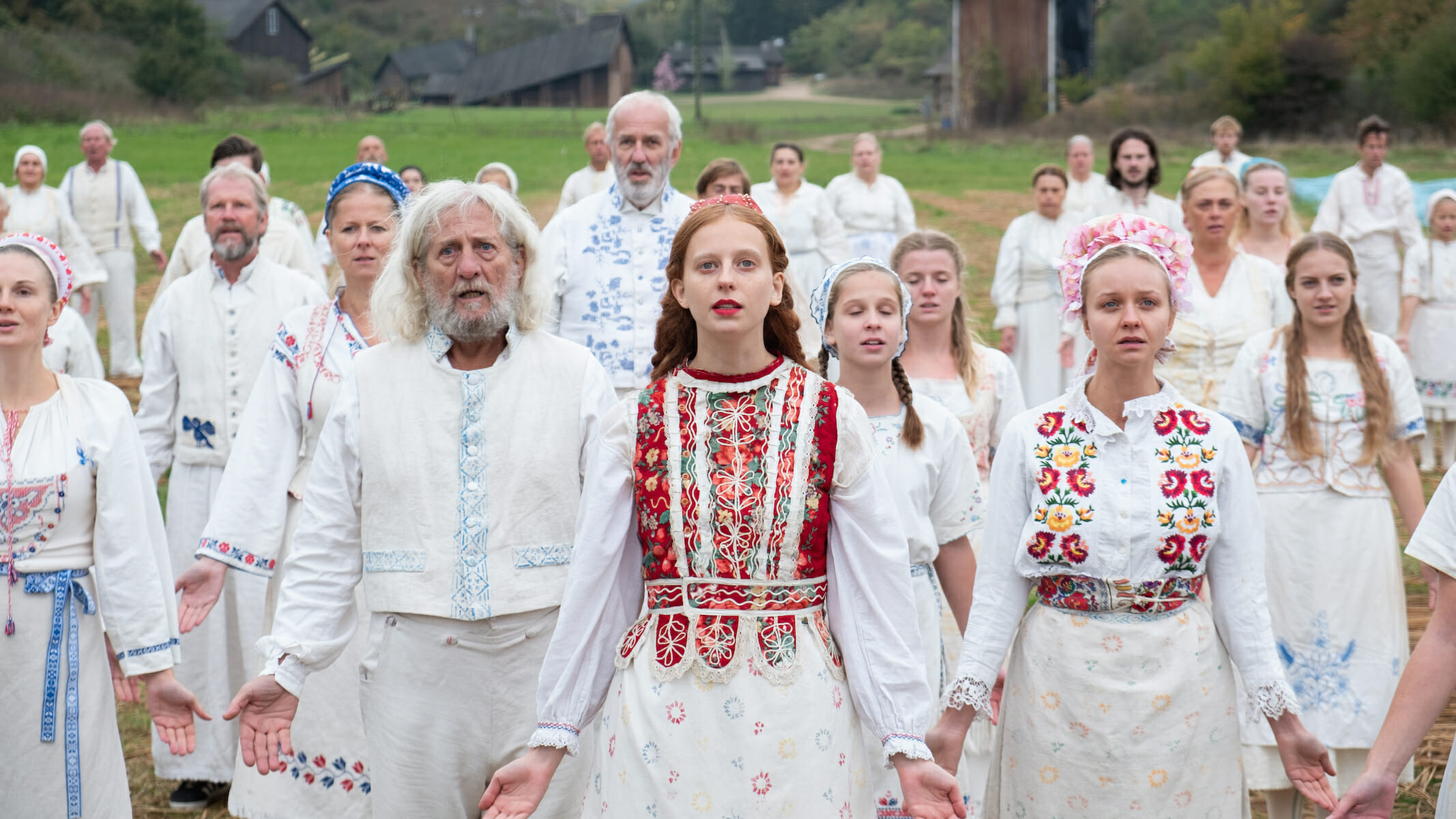The Haxan Cloak’s Midsommar Score Is a Topsy-Turvy Terror
The British experimental musician worked closely with director Ari Aster to craft the film's surreal sound
Images courtesy of A24 and Motormouthmedia
Unless you’re jonesing for a freakout, you probably won’t want to throw Bobby Krlic’s (aka The Haxan Cloak’s) Midsommar score on the turntable. It’s neither a comfortable nor a smooth listen, and independent of the visuals it’s still nearly as jarring as watching the film itself.
But the experimental composer’s arrangements also radiate a peculiar beauty, one that pairs tremendously well with Ari Aster’s grotesque Hereditary follow-up. In Midsommar, Dani (played by a fantastic Florence Pugh) is a grief-stricken college student who travels to Sweden with her emotionally unavailable boyfriend Christian (Jack Reynor) and his fellow anthropology grad school buddies (Josh, a hyper academic type who’s more or less just another take on William Jackson Harper’s The Good Place character Chidi, and the douchey horndog Mark, played convincingly by Will Poulter). They accompany their friend Pelle back home to his commune for Midsommar, a “festive” summer solstice celebration that’s pitched as potential inspiration for good thesis projects. Their stay on the idyllic ranch quickly turns from a free-spirited European excursion complete with recreational hallucinogens, flower wreaths and cultural curiosity to a sun-drenched nightmare that looks like it was shot through a Clarendon Instagram filter. It’s both a gruesome exploration of trauma and a gory, hair-raising spook, perhaps more neatly described as a really, really bad trip.
Because Midsommar projects these darknesses onto an exceedingly bright aesthetic, it’s unlike anything you’ve ever seen in the horror genre. A24 chose a strange time (peak superhero season) to release this beautiful, terrifying indie flick—yet, it still seems fit to this phase of the calendar. It’s as funny as it is scary, inciting as many laughs as screams, and it already feels like a classic. Aster just knows how to service audiences.
It’s no wonder the script seems uncannily suited to the score—Aster wrote the whole thing while listening almost exclusively to The Haxan Cloak, namely the British artist’s bold and foreboding 2013 album Excavation, which is itself sparse, twisted and sounds ripe for the screen. Ari and Krlic worked closely together to craft Midsommar’s distinct brand of paganism—they studied Swedish folklore, sampled traditionally Nordic instruments like the Hurdy Gurdy (yes, it’s real) and the key harp and even stitched together old Icelandic and Nordic texts, among others, to create their own tribal language, one that’s equal parts gorgeous and unsettling. Unassuming Swedes in braids and embroidered aprons can look awfully sadistic when chanting that unintelligible rot, cast in a creepy midnight sun and skipping around a sacrificial maypole.
-

-

-

-

-

-

-

-

-

-

-

-

-

-

-

-

-

-

-

-

-

-

-

-

-

-

-

-

-

-

-

-

-

-

-

-

-

-

-

-









































